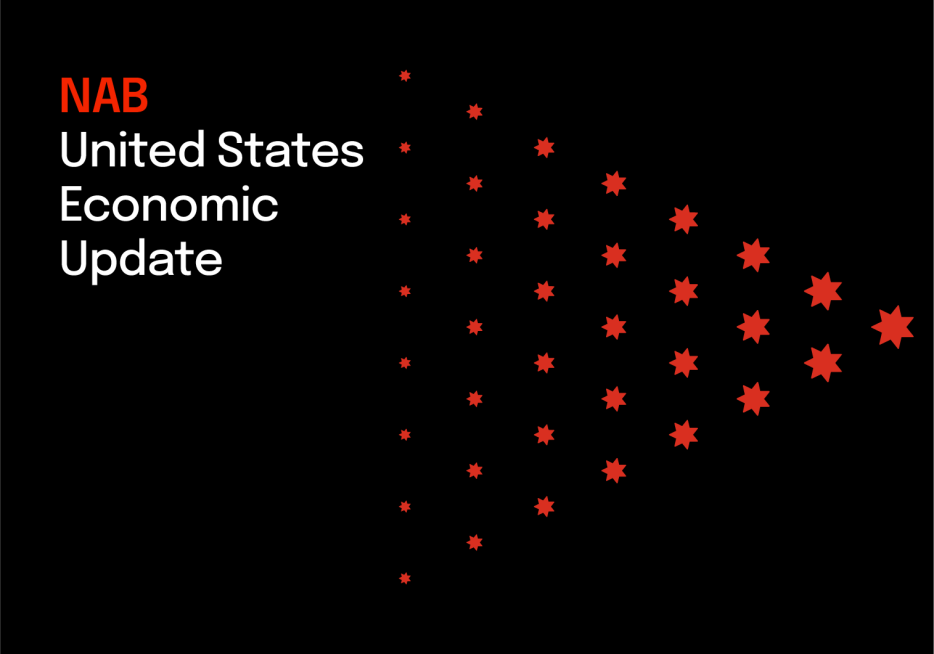US Fed – September cut but still see gradual easing


Insight
RBA Governor Stevens today spoke at a CEDA luncheon in Adelaide. The Governor's speech reinforced expectations that the RBA will remain on hold for some time yet.

RBA Governor Stevens today spoke at a CEDA luncheon in Adelaide.
The Governor’s speech reinforced expectations that the RBA will remain on hold for some time yet. The key quote was that while the RBA “may desire to see a faster reduction in the rate of unemployment, further inflating an already elevated level of housing prices seems an unwise route to try to achieve that.”
The rate of unemployment may be ‘concerning’ and it will be a while before we see it decline consistently, but the RBA wants to send the message that there will be no more rate cuts in the near term as it would further fuel speculative housing activity.
So with no further monetary policy stimulus, where will the economy’s additional growth come from?
The Governor started by suggesting that households and governments will not be a key driver. Households are unlikely to step up their borrowing and spending, while public sector Budgets are also being tightened. Instead, the Governor nominated the business sector as the most likely source of future additional growth, with some of the response coming from smaller and newer businesses. He also placed the onus on governments to implement policies that would add to the supply of land zoned for housing to increase the housing stock and also a commitment for additional infrastructure activity.
The high AUD also remains a key frustration and the RBA “has made its views on this pretty clear”. Stevens commented that “the real question is why the US dollar has remained as low as it has”, perhaps a veiled comment aimed at the Fed and its QE policies.
The other key points of Stevens’ speech were mostly on the positive side, suggesting that he believes that the next rate move will be up, even if it is a while away. He repeated some of the positive commentary from yesterday’s press release – business conditions have improved and consumer sentiment has recovered some ground. He is also cautiously optimistic on the outlook for the non-mining economy, saying that “we are I think slowly building a foundation for better performance”. And the global economy continues to expand with 2014 growth likely to exceed 2013’s outcome.
Stevens also tried to steer the focus away from the month-to-month data moves and instead looked at the past decade where Australian real GDP per Capita has outperformed the other large advanced economies (see chart below). So over the journey we have held up well – a further implication that we don’t need further cash rate cuts to improve our growth performance. And anyway, low interest rates “can’t make (people) borrow and spend. They have to want to.”
Overall, it’s pretty clear the RBA have no intention of cutting rates any time soon to support activity and employment growth, given the ongoing house prices increases in recent months. Stevens recognises that many see the current conduct of policy as ‘boring’ but to him the stability is a sign of success. So we just have to get used to this lengthy period of below-trend growth with high unemployment, where the RBA is unwilling to cut because it wants to avoid “too much build-up of risk in the financial sector”.
© National Australia Bank Limited. ABN 12 004 044 937 AFSL and Australian Credit Licence 230686.